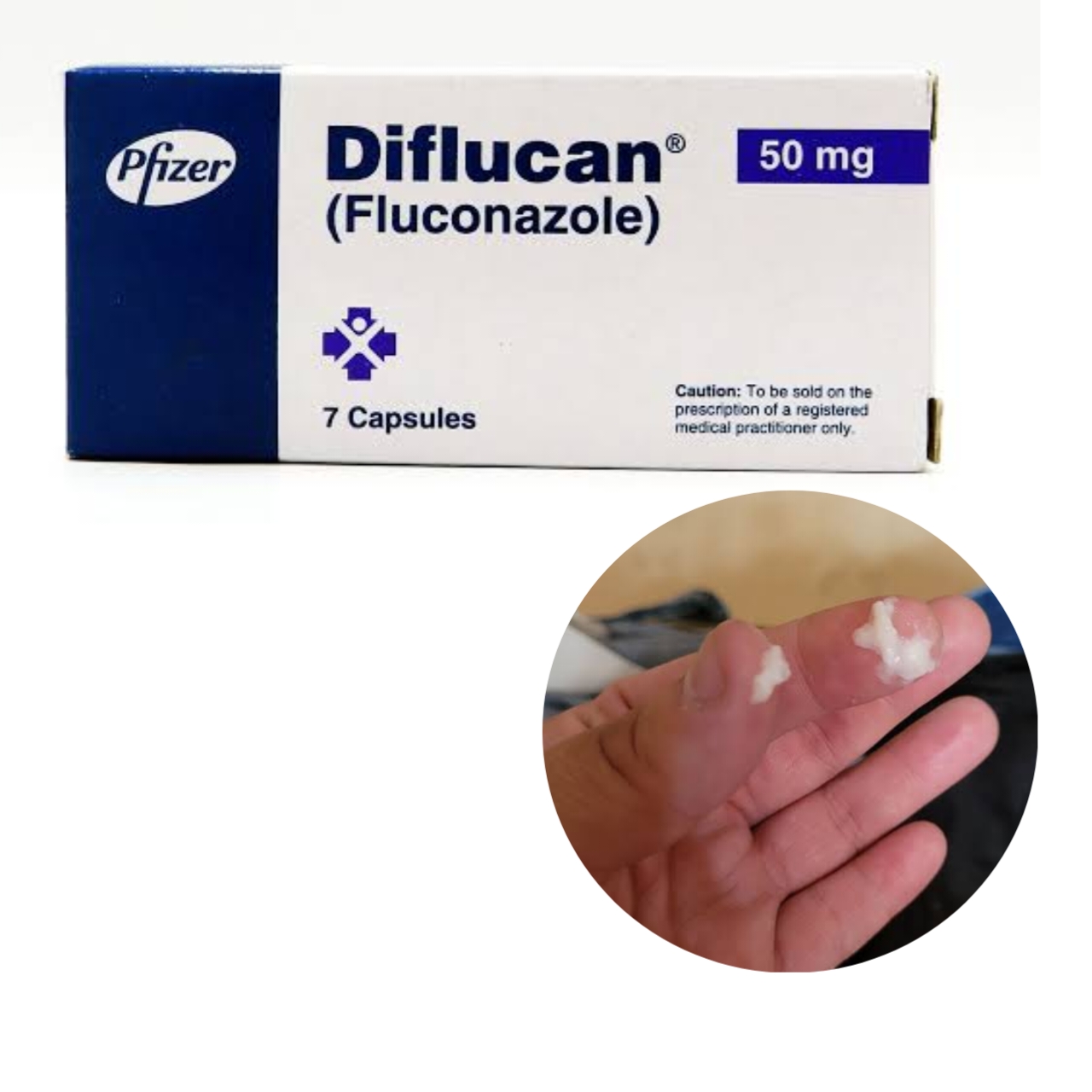 Vaginal discharge is a constant presence in women who menstruate. It can begin as early as a few months before your period first starts in adolescence. It generally tapers off after menopause.
Vaginal discharge is a constant presence in women who menstruate. It can begin as early as a few months before your period first starts in adolescence. It generally tapers off after menopause.
Vaginal discharge is the way a woman’s body expels fluid and cells. The production of vaginal discharge can vary from woman to woman, and can change in consistency and appearance depending on many factors.
Vaginal discharge usually begins around the time a girl gets her first period. It can start up to six months before you have your first period. This is when the body is undergoing many hormonal changes. The type of vaginal discharge your body produces can shift during your menstrual cycle and during your lifetime. You may find it is heavier or lighter at different times.
Generally, healthy vaginal discharge:
- appears clear or white in color
- has a slight odor, but not one that is strong smelling
- can leave a yellowish tint on your underwear
- changes in consistency depending on your menstrual cycle
Vaginal discharge is made up of fluids from your uterus, cervix, and vagina. When your body releases an egg from your ovary, you may notice that your vaginal discharge is thicker. This change in discharge may can indicate peak fertility times. in this article, we shall be looking at the causes of a clumpy discharge after taking fluconazole.
What is fluconazole?
Fluconazole is an antifungal medicine that comes as a tablet or suspension you take by mouth. Fluconazole oral tablet is available as both a generic drug and as the brand-name drug Diflucan.
Fluconazole is used to prevent and treat candidiasis. This condition is caused by infection with one of the many types of the fungus Candida. Examples of candidiasis include vaginal yeast infection, as well as oral yeast infection (thrush).
Candidiasis can also cause infections in other parts of your body, including your throat, esophagus, lungs, and blood. People who have had bone marrow transplants may be treated with fluconazole to prevent candidiasis. This is because their immune systems are weakened, which makes them more likely to become infected with a severe form of candidiasis. Fluconazole is also used to treat meningitis (infection of the brain and spinal cord) that’s caused by the fungus Cryptococcus.
How Fluconazole works
Fluconazole belongs to a class of drugs called triazole antifungals. A class of drugs is a group of medications that work in a similar way. These drugs are often used to treat similar conditions. Fluconazole works by blocking the ability of the fungi Candida and Cryptococcus to reproduce. For people with infections from these fungi, this drug helps to get rid of the infection. For people at higher risk of candidiasis, it helps to prevent infection.
How should Fluconazole be used?
Fluconazole comes as a tablet and a suspension (liquid) to take by mouth. It is usually taken once a day, with or without food. You may need to take only one dose of fluconazole, or you may need to take fluconazole for several weeks or longer. The length of your treatment depends on your condition and on how well you respond to fluconazole. Follow the directions on your prescription label carefully, and ask your doctor or pharmacist to explain any part you do not understand.
Typical dosing for fluconazole (Diflucan)
- Vaginal yeast infection: The dose for this is 150 mg by mouth taken one time only.
- Oral thrush: The dose for this is 200 mg taken by mouth or injected on the first day, followed by 100 mg by mouth or injected once daily for at least 1 week.
- Cryptococcal meningitis: The dose for this is 400 mg taken by mouth or injected on the first day, followed by 200 mg by mouth or injected once daily. Most people with this condition will take fluconazole (Diflucan) for several months, and some people may need to take it long-term to prevent the infection from coming back.
- Bloodstream or systemic infection: The dose for this varies from person to person based on how their body responds to fluconazole (Diflucan). Doses of up to 400 mg per day can be given either by mouth or by injection.
- Urinary tract infection and peritonitis: The dose for these infections is 50 mg to 200 mg by mouth or injected once daily.
- Prevention of fungal infection: The dose for this is 400 mg taken by mouth or injected once daily, usually starting several days before the bone marrow transplant takes place.
Take fluconazole exactly as directed. Do not take more or less of it or take it more often than prescribed by your doctor.
Your doctor may tell you to take a double dose of fluconazole on the first day of your treatment. Follow these directions carefully.
Shake the liquid well before each use to mix the medication evenly.
You should begin to feel better during the first few days of treatment with fluconazole. If your symptoms do not improve or get worse, call your doctor.
Continue to take fluconazole until your doctor tells you that you should stop, even if you feel better. Do not stop taking fluconazole without talking to your doctor. If you stop taking fluconazole too soon, your infection may come back after a short time.
Ask your pharmacist or doctor for a copy of the manufacturer’s information for the patient.
Reasons Why You Have Clumpy Discharge After Taking Fluconazole
According to Medssafety, a clumpy discharge after taking fluconazole is a sign that a vaginal yeast infection is resolving. It typically produces a clumpy discharge with a characteristically white and thick texture before the medication clears the infection completely.
Generally, yeast infections often cause thick, white, clumpy vaginal discharge that usually doesn’t smell (or only smells slightly different than normal). You might also have a creamy, whitish coating in and around your vagina. Most yeast infections lead to itching, burning, and/or redness in or around the vagina.
Here are some tips for preventing vaginal infections that can lead to abnormal discharge:
- Keep the vagina clean by washing with gentle, mild soap and warm water on the outside. There is no need to put soap directly in the vagina.
- Never use scented soaps and feminine products or douche. Also, avoid feminine sprays and bubble baths.
- After going to the bathroom, always wipe from front to back to prevent bacteria from getting into the vagina and causing an infection.
- Wear 100% cotton underpants, and avoid overly tight clothing.
What Are The Side Effects Associated With Using Fluconazole?
Side effects associated with use of Fluconazole, include the following:
- Abdominal pain
- Diarrhea
- Headache
- Nausea
- Rash
- Vomiting
Other side effects of fluconazole include:
- Cholestasis
- Dizziness
- Hair loss
- Hepatitis
- High triglycerides (hypertriglyceridemia)
- Increased alkaline phosphatase
- Increased ALT/AST
- Liver failure
- Low blood potassium (hypokalemia)
- Low levels of platelets in the blood (thrombocytopenia)
- Low levels of white blood cells (leukopenia)
- Pallor
- QT prolongation
- Seizures
- Severe allergic reactions (anaphylactic reactions)
- Shortness of breath
- Skin swelling
- Stevens-Johnson syndrome
- Taste perversion
- Torsades de pointes
- Toxic epidermal necrolysis
- Yellowing skin and eyes (jaundice)
This document does not contain all possible side effects and others may occur. Check with your physician for additional information about side effects.




